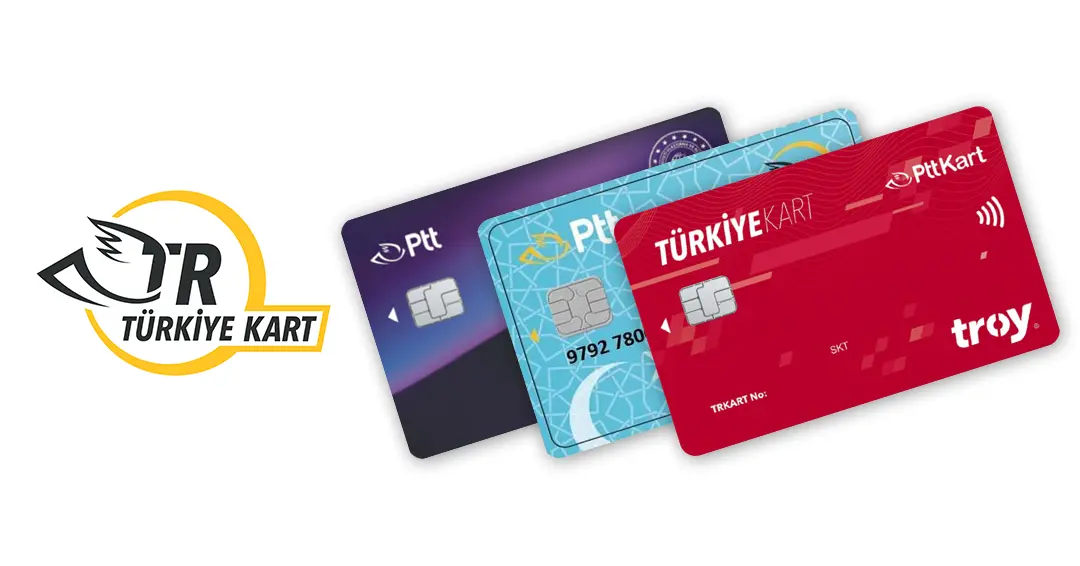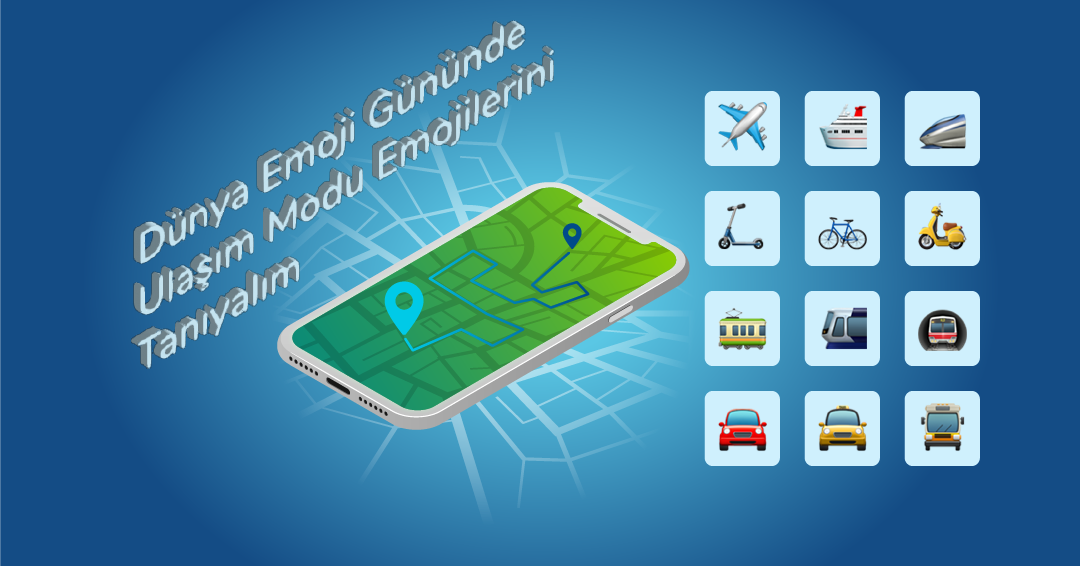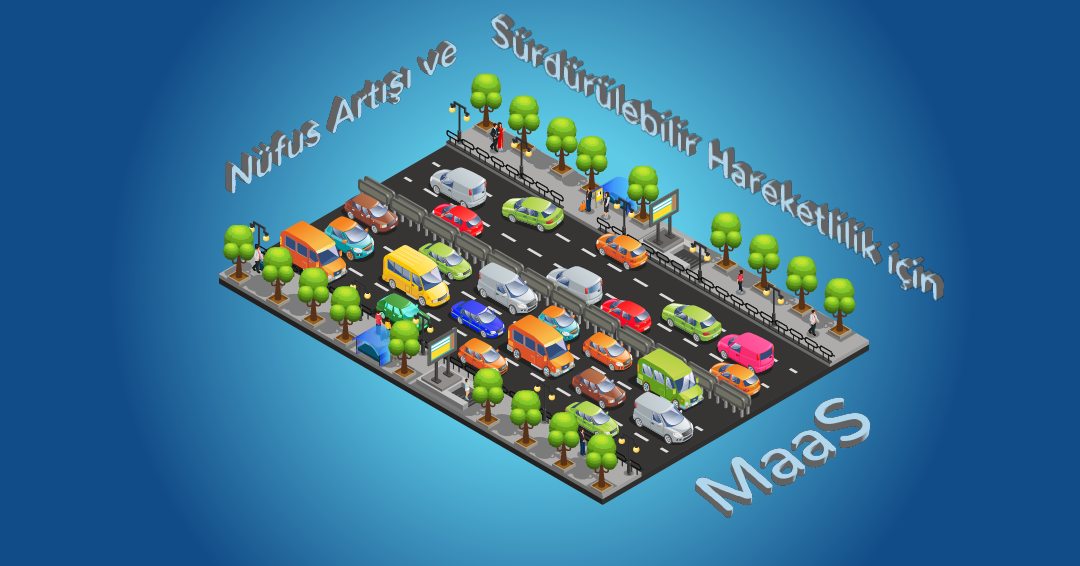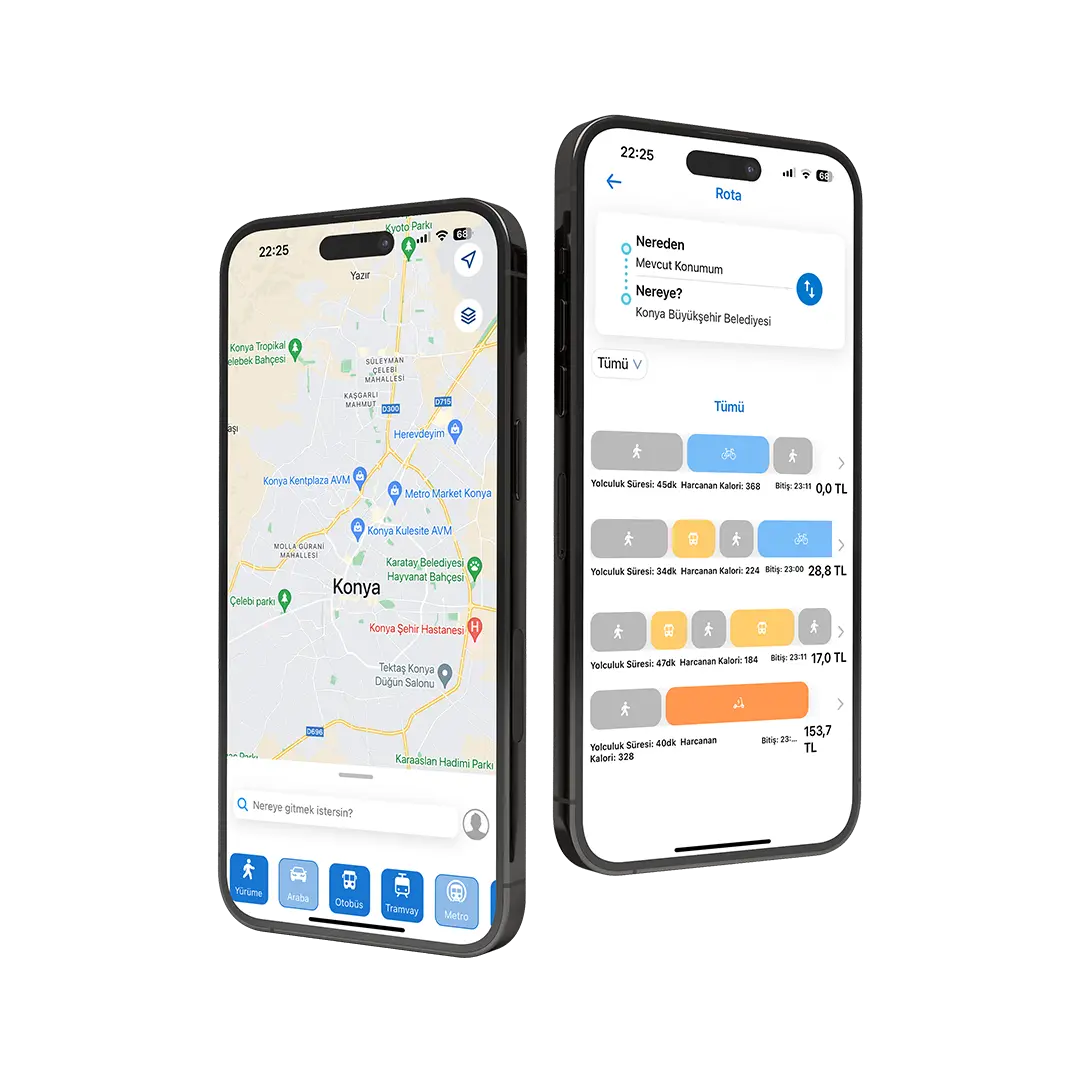Mikromobilite, kısa mesafeli yolculuklar için küçük ve hafif araçların kullanıldığı bir ulaşım türüdür. Başlıca mikromobilite araçları elektrikli scooterlar, elektrikli bisikletler, bisikletler, hoverboardlar ve patenlerdir. Mikromobilite, sürdürülebilirlik ve ulaşım sektörünün karbon emisyonunu azaltmak gibi amaçlarla ortaya çıkmıştır.
Mikromobilite araçları insan gücü veya elektrik ile çalışan, küçük ve hafif araçlardır. Bu sayede daha az enerji tüketir ve daha az karbondioksit emisyonuna yol açar; hava kirliliği ve küresel ısınmanın önlenmesine yardımcı olurlar. Ayrıca bu araçlar küçük olduğu için daha az yer kaplar ve dolayısıyla daha az trafik sıkışıklığı yaratırlar. Böylece, ulaşım sistemlerinin verimliliği ve kapasitesi artar. Yapı ve tasarımları gereği daha az malzeme kullanılarak üretilen bu araçlar, daha az atık üretirler, dolayısıyla karbon ayak izleri daha azdır.
Mikromobilite araçları çoğunlukla, bireysel sahiplikten ziyade elektrik motorlu scooterların kısa süreli kiralamalar ile kullanıma sunulduğu; scooterların konumlarının hizmet sağlayıcının mobil uygulaması üzerinden görüntülenebildiği, kiralama ve ödeme işlemlerinin de yine bu uygulama üzerinden gerçekleştirildiği, açılış fiyatı ve dakika başına kiralama fiyatı üzerinden ödeme yapılan bir paylaşımlı ulaşım hizmeti olarak karşımıza çıkmaktadır. Türkiye’de de farklı şehirlerde faaliyet gösteren çok sayıda paylaşımlı e-scooter hizmet sağlayıcısı bulunmaktadır.
Mikromobilite araçları ekonomiktir ve kullanımları son derece kolaydır. Bu araçlar, kamu idarelerine de ulaşım sistemlerini optimize etmek için yardımcı olabilir. Özellikle şehir içi ulaşımda, mikromobilite araçlarının kullanımı, toplu taşıma sistemlerine alternatif veya toplu taşıma sistemleri ile bütünleşik bir seçenek sunabilir. Bu da ulaşımdaki yatırım ihtiyacını, enerji ve zaman sarfiyatını azaltır.
Mikromobilite araçları en çok son kilometre (last-mile) ulaşımda kullanılmaktadır. Son kilometre, bir yolculuğun son aşamasını ifade eder ve bir kişinin varış noktasına ulaşmak için kullandığı son kısa mesafedir. Örneğin, bir kişinin bir tren yolculuğunun sonunda istasyondan evine gittiği son kısa mesafe son kilometre olarak adlandırılmaktadır. Son kilometre ulaşımında mikromobilite araçları, trafik sıkışıklığından etkilenmeden ve park sorunu yaşamadan hızlı bir şekilde hareket etmek için ideal bir seçenektir. Kullanıcılar, son kilometrelerinde mikromobilite araçlarını kullanarak hedeflerine daha hızlı ulaşabilirler.
Sonuç olarak, mikromobilite insan sağlığı, sürdürülebilirlik, küresel ısınma ve ulaşımda verimlilik bakımından birçok fayda sağlayan bir ulaşım türüdür. Kullanıcı sayısı artıp sektör genişledikçe, sorunlar daha görünür olmakta ve çözümler geliştirilmektedir. Mikromobilite, ulaşım sektöründeki gelişmeleri ve trendleri dikkate alarak, insanların ulaşım ihtiyaçlarını karşılamaya yardımcı olmakta, toplumsal refahı ve yaşam kalitesini arttırmakta rol oynamaktadır.













